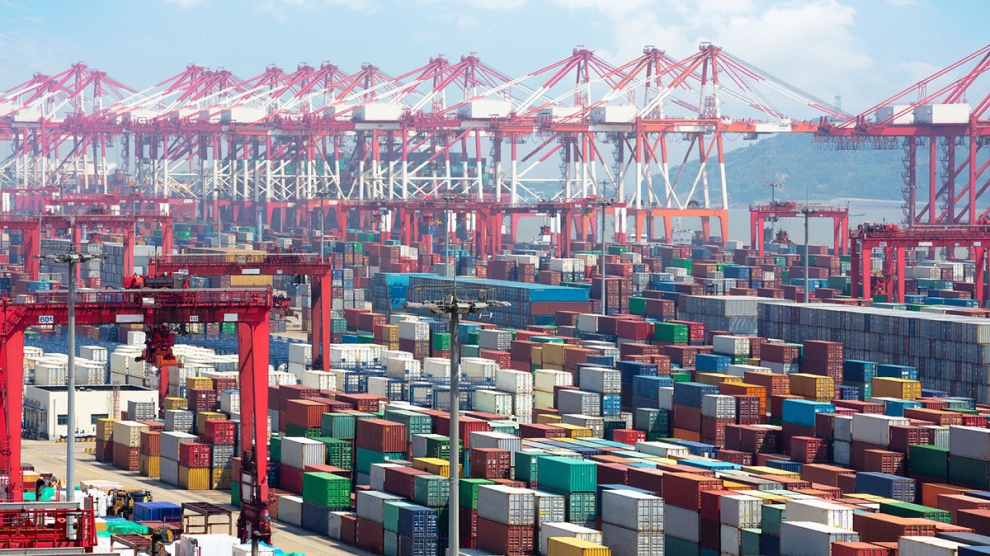A new report by Erste Group Research suggests that despite increasing volume of trade, China remains a minor trading partner for central and eastern Europe (CEE). “For the past half-decade, China has been attempting to increase its presence in the CEE region, both in terms of trade and political influence, but recently interest has visibly increased,” says the report, published on May 3. “While trade and investment links between China and the CEE region have grown over the last decade, growth has not hit declared values and did not meet the expectations of some of the CEE countries. In our view, the current level of Chinese presence in the region is not threatening and should not have significant influence on those markets.”
Of late, China’s interest in CEE has been primarily based around the development of an investment in its Belt and Road Initiative (BRI), a development campaign which provides a framework for integrating the country more deeply into the world economy.
An essential part of the BRI of special importance to CEE is the ‘16+1’ initiative, which brings together 16 CEE region countries (11 EU members and five Balkan states). China sees the CEE region as a gateway to Europe and would like to increase its political and economic influence in the region. The initiative focuses mainly on heavy investments in infrastructure such as the planned high-speed railway between Belgrade and Budapest.
“Despite the fact that the 16+1 initiative is presented only as an investment initiative, it comes together with strong political engagement. That is perceived by the EU as a threat in case Chinese investments drive a wedge between states that stay inside or outside the 16+1. Inside the European Union, Hungary seems to be standing out as being the strongest official backer of China’s intentions,” reads the Erste Group report.
It is this threat which has so far made Chinese investment less attractive to CEE countries than EU cohesion funds, at least for those CEE countries which are members of the EU. For the countries of the Western Balkans, not currently able to access EU cohesion funds, things are slightly different. However, with the EU itself proposing reduced cohesion funds for the entire region in its new budget for 2021-27, EU-CEE countries could be more open to Chinese finance.
“Although the CEE region faces a possible reduction in EU fund availability in the next budgeting period, the advantages of EU funds over Chinese financing remains in place,” said Erste Group’s Malgorzata Krzywicka, who authored the report.
“Relatively high uncertainty about the realisation of the Chinese projects and no time constraints in using such financing as opposed to EU funds should sustain the preference of CEE countries to use European support instead of seeking external support. For countries still outside the EU, even the prospect of the somewhat reduced amount of regional funds (after joining the bloc) could be tempting, while the reliance of these countries on funds from China could remain more pronounced as opposed to the other, EU-member, CEE countries, as is currently the case,” Ms Krzywicka told Emerging Europe.






Add Comment